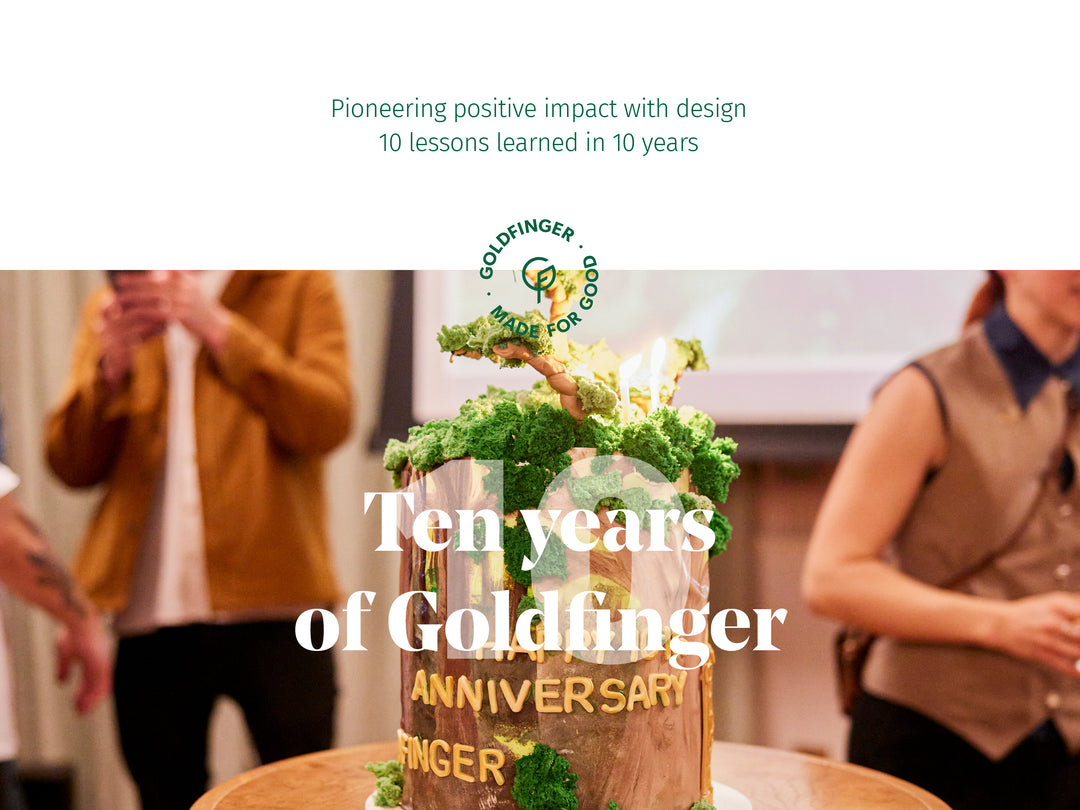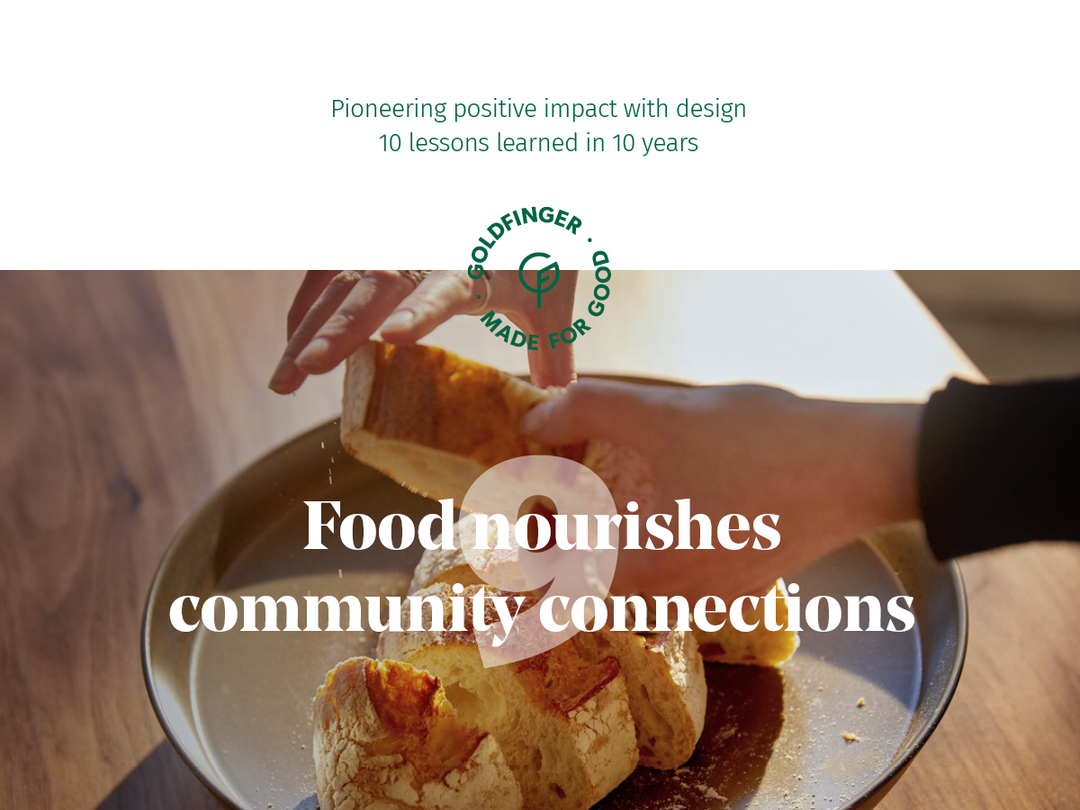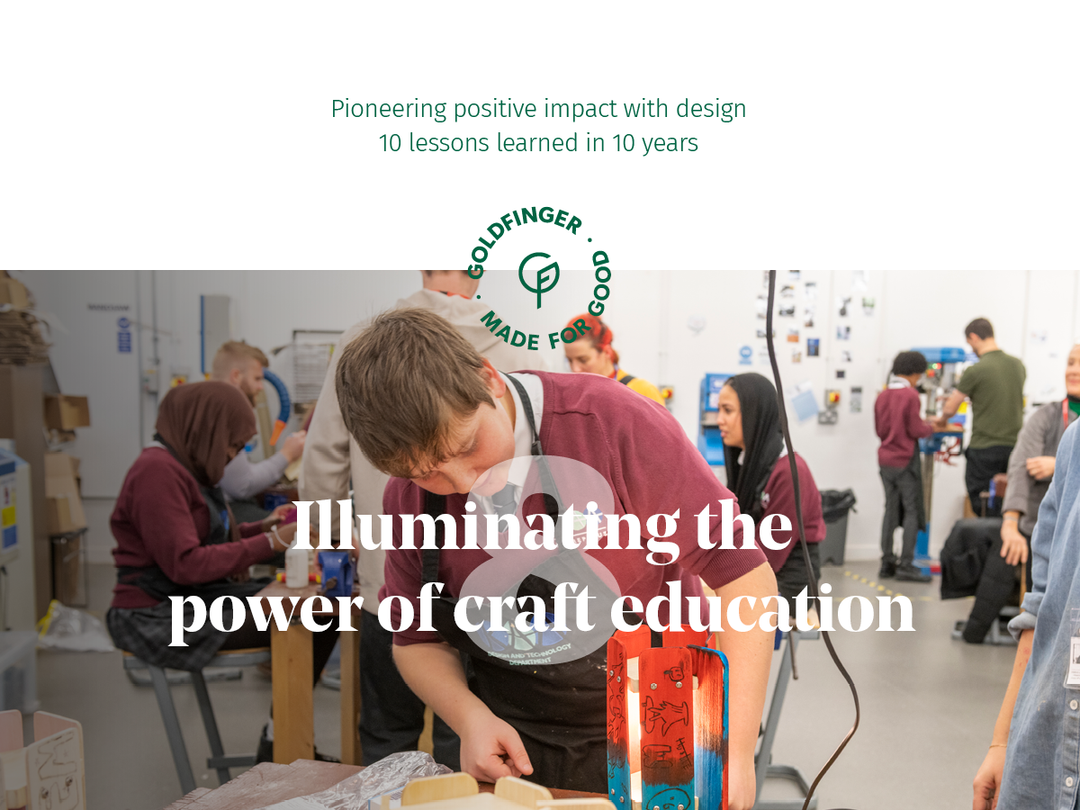Meet the maker: Pia Östlund

(Pia in the studio)
Pia Östlund is a Swedish designer and printmaker based in East London. Known for her plant inspired practice, Pia has revived a lost nature printing process not used since the 19th century to create intricate, delicate and life-like images of plants on paper.
First used in Europe by herbalists in early Renaissance Italy to study and record medicinal and useful plants, Pia is the only artist to be working in this traditional medium. We are incredibly excited that she has joined the Goldfinger Academy roster of craftspeople to lead our new Printing With Nature Course.
Having trained at Central Saint Martin’s School of Art and Design, Pia is now working with Matthew Zucker of Irving Zucker Art Books, NY, on a book about his personal collection which spans 200 years of nature printing and is scheduled for release in spring 2022.
We caught up with Pia to find out more about her creative process and how she creates stunning art from the nature that surrounds us.
(Oak leaf print)
Tell us some more about your work!
I work on projects which often result in prints on paper and textiles. These projects often start with a narrative or a piece of history and involve some sort of research because I enjoy the detective work of finding things out. Most of the time the subject includes plants, humans and our entwined history.
Nature printing is one of the methods I work with. When screen printing on textiles I collaborate with Fran Lockyer. I love the medium of print because of the possibility to repeat an artwork and take it across to different surfaces. A print comes alive through the interplay of the artwork (the printing area), the pressure, the inks and the surface that is printed on to.
I also run workshops, give talks on nature printing and design interpretation for botanic gardens. I’m currently working on a catalogue with Matthew Zucker of Irving Zucker Art Books, NY on his vast nature printing collection. It is a visual survey of the techniques of nature printing (over 40!).
How did you get into nature printing, and what excites you most about it?
I first came across nature printing at Chelsea Physic Garden, where I was working at the time. Hidden away in the rare books library was a large book, The Nature-printed Ferns of Great Britain and Ireland, with deceptively like-like prints of ferns with a curious 3D effect. They were unlike any prints I had seen before and I thought it would be a fun process to try. I soon realised that this printing method had not been used since the 19th century, so I set about trying to revive it guided by an old patent description.
Following in the footsteps of the 19th century printers, Auer, Bradbury and Kyhl, I started at Fleet Street, the historic printing quarters in London and travelled on to Vienna and Copenhagen looking for clues: original plates, prints and descriptions. I also went to the old industrial towns such as Birmingham, Leeds, Liverpool, Gosport, Dagenham. I soon realised that there was not just one way of making these prints...
I’m excited by the process and the strange kind of images it results in, starting from something as ephemeral as a leaf which is then exposed to enormous pressure and fed into a process involving roofing lead, electric currents, copper sulphates and sulphuric acid in order to create its own representation.
I also like that nature printing defies categorisation: it is not a photograph, nor herbarium specimen or botanical illustration but includes elements of all of those.
(Pia prints with flora sourced from nature to create delicate plates ready for printing)
What is it that inspires your practice?
Lots of things! Paintings, prints, drawings, music, architecture, colours, shapes, textures, gardens and plants, human stories, London and its layers of history. With artists, I keep coming back to Eduardo Paolozzi, Yayoi Kusama, Carl Johan de Geer and Bengt Lindström. I also really like the writer Richard Brautigan.
If you had to sum up your work with one, core purpose, what would it be?
Trying to find a visual expression for some of the things that excite me about the world.
What 3 things are always close to hand when you're creating in the studio?
Pencil, paper and ink
What piece of work are you most proud of and why?
I feel proud that I managed to reclaim Auer’s nature printing process (or at least a version of it). When I began, I had no prior knowledge of printing history and the various practices it involved so it was a steep learning curve. Many practices and materials have changed with time. It is near impossible to pin down something from the past with certainty and a written account is very different to practical knowledge.

If you could learn a new craft, what would you choose?
I would love to learn metal work.
What is an innovation, change or design which inspired/excited you most recently?
I was really taken with the change in our surrounding environment during the first lockdown. I could never have imagined London with such clean air and so much bird song. It was really an exceptional moment in time. Not disregarding the tragedy of the situation, I found it hopeful to see how quickly nature bounces back when given the space.
What do you want people to take away from your classes?
To have seen and tried something new. To leave feeling inspired having caught a glimpse of the possibilities of print.
Images courtesy of Andrew Montgomery.





